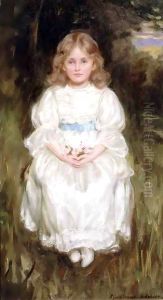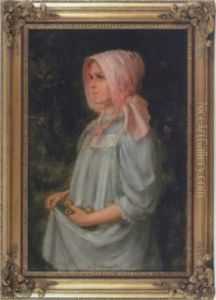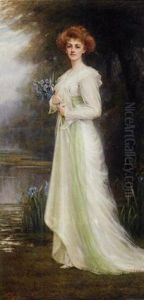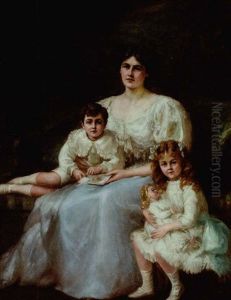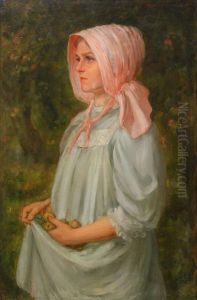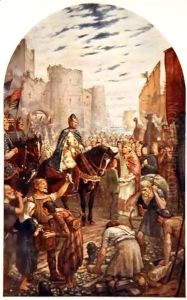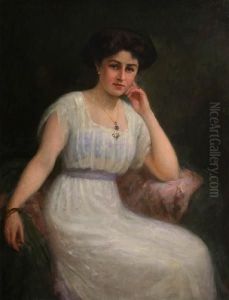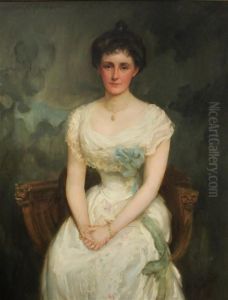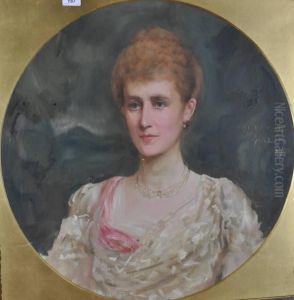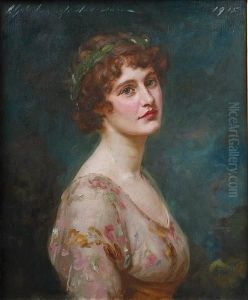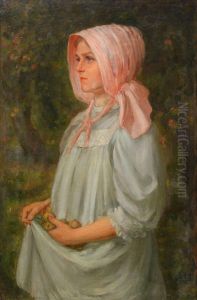Charles Goldsborough Anderson Paintings
Charles Goldsborough Anderson was a British artist, born in 1865, known for his contributions to the visual arts during the late 19th and early 20th centuries. Although not as widely recognized as some of his contemporaries, Anderson made a significant impact through his exploration of various mediums, including painting, illustration, and printmaking. His work, which often reflected the stylistic tendencies of the period, ranged from landscapes and portraits to more thematic compositions that addressed social and historical topics.
Anderson's early life was marked by a profound interest in art, prompting him to pursue formal education in the field. He studied at prestigious institutions, where he honed his skills and developed a distinctive style. Throughout his career, Anderson was influenced by the broader movements of his time, such as Impressionism and Realism, yet he maintained a unique approach that set his work apart. His ability to capture the essence of his subjects with sensitivity and depth won him admiration among his peers and the art-loving public.
Despite facing the challenges common to artists of his era, including the shifting tastes of the art market and the impact of global events like World War I, Anderson remained committed to his artistic vision. He exhibited his work at various galleries and exhibitions, gradually building a reputation that, while perhaps not achieving the heights of fame, ensured him a place within the artistic milieu of his time.
Charles Goldsborough Anderson passed away in 1939, leaving behind a legacy that, though it may not have been widely celebrated, contributed to the rich tapestry of British art history. His body of work continues to be appreciated by a niche group of art historians and collectors who recognize the value of his contributions to the arts. Anderson's life and art exemplify the journey of many artists of his time, navigating the complexities of artistic expression in an ever-changing world.
